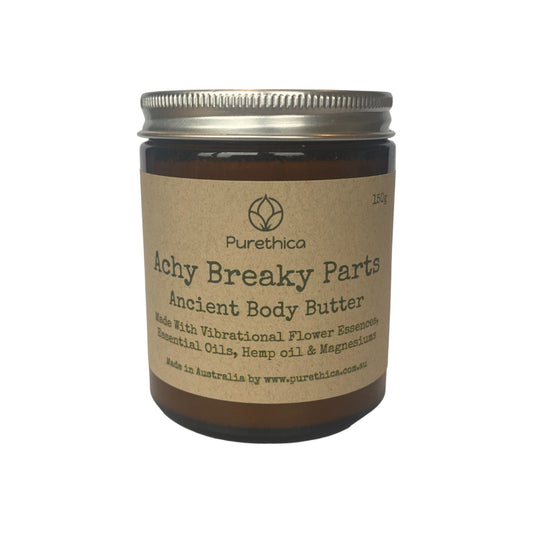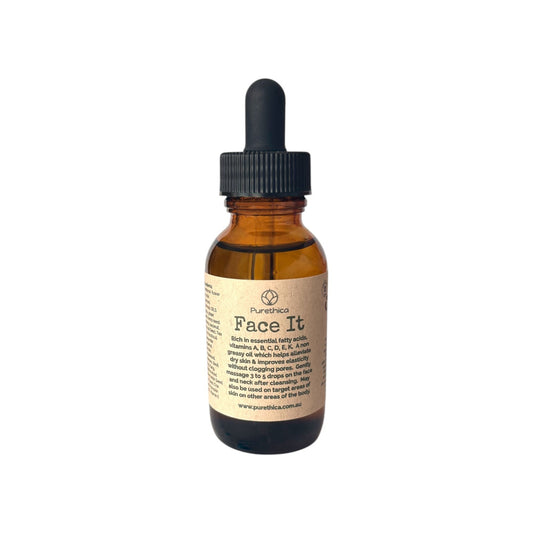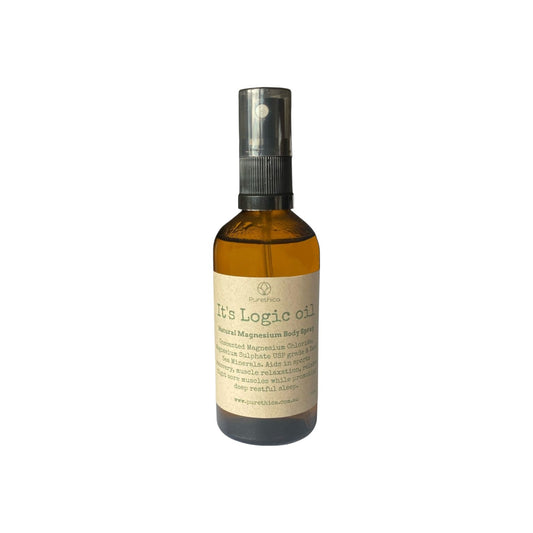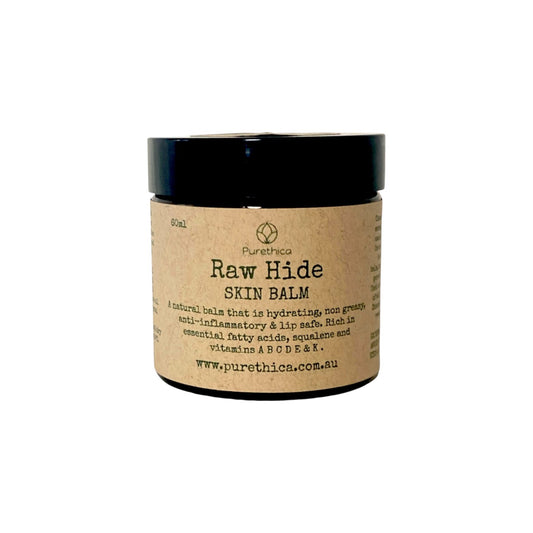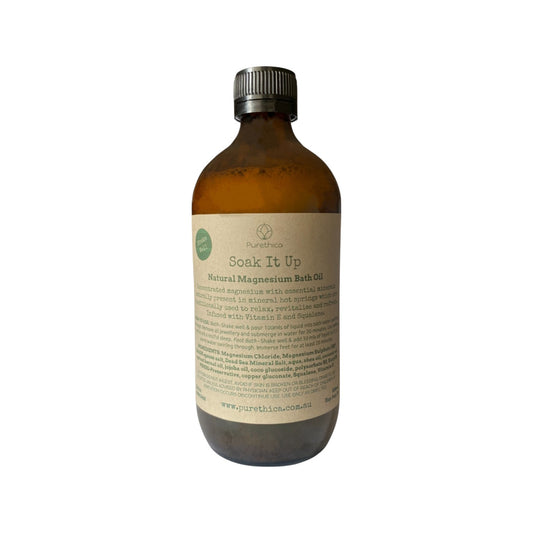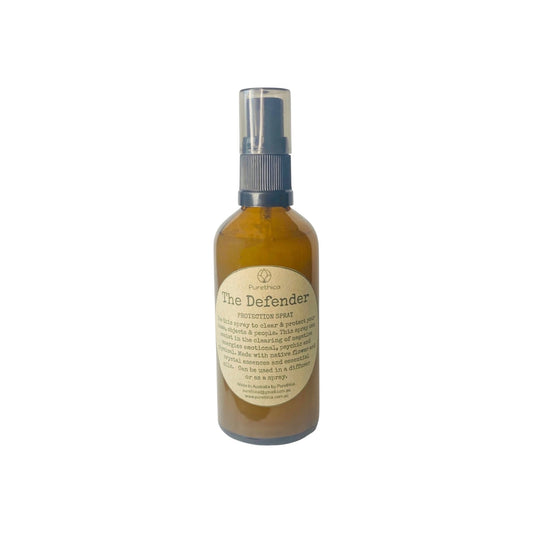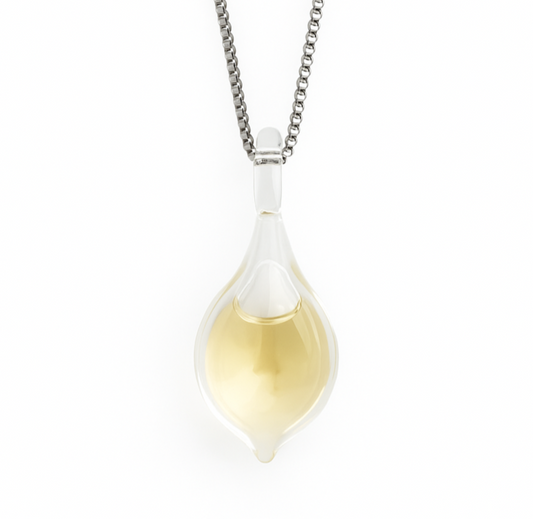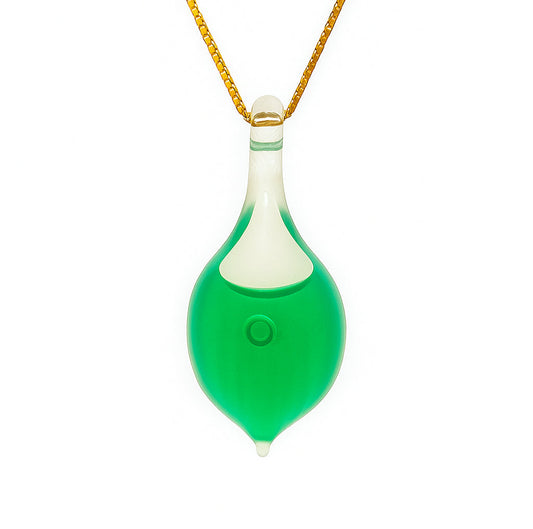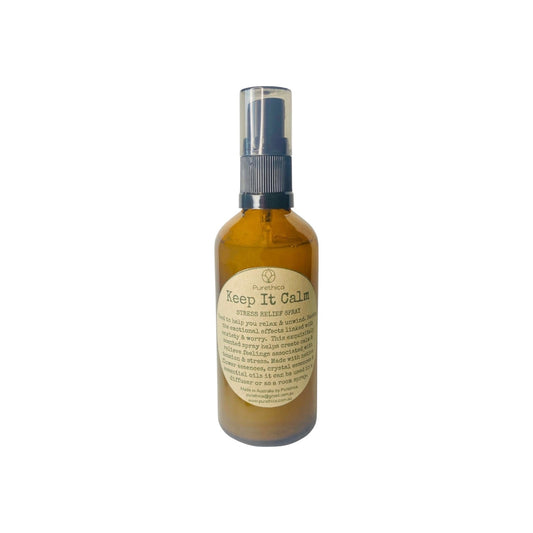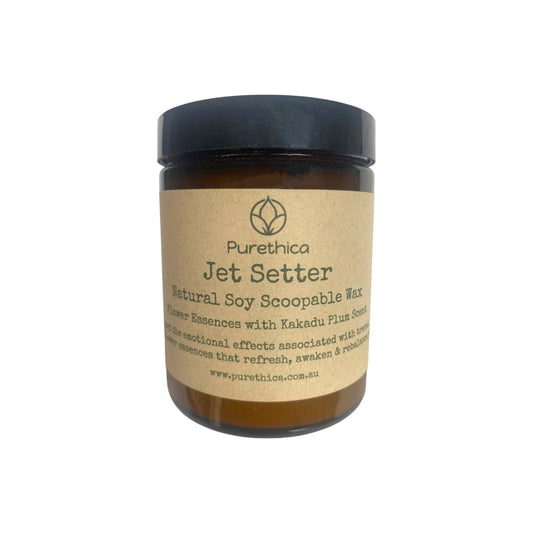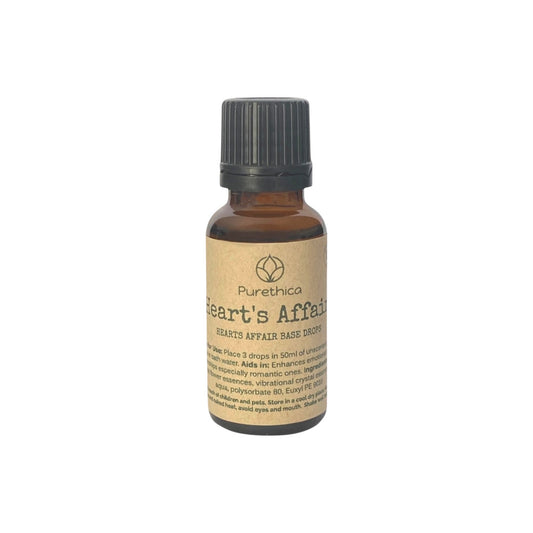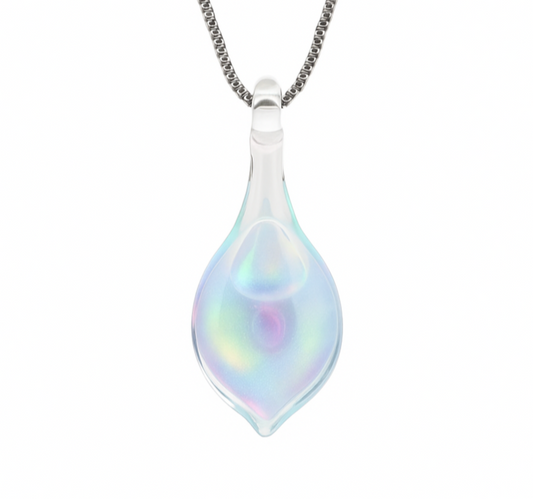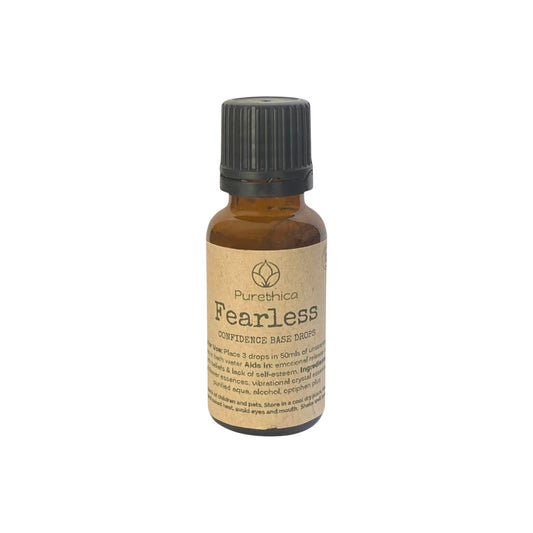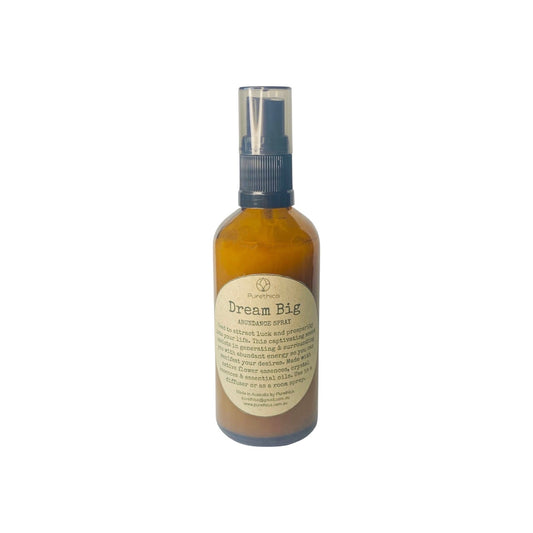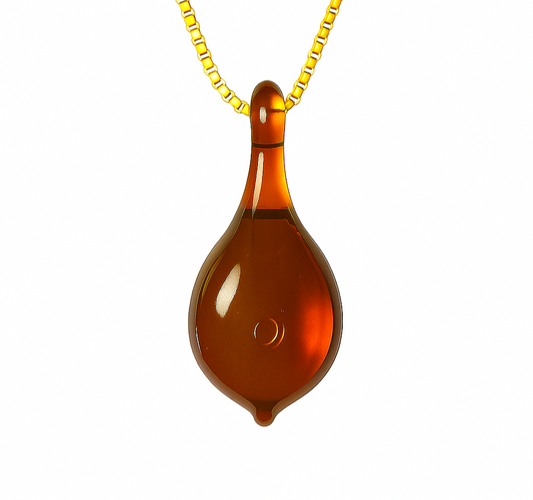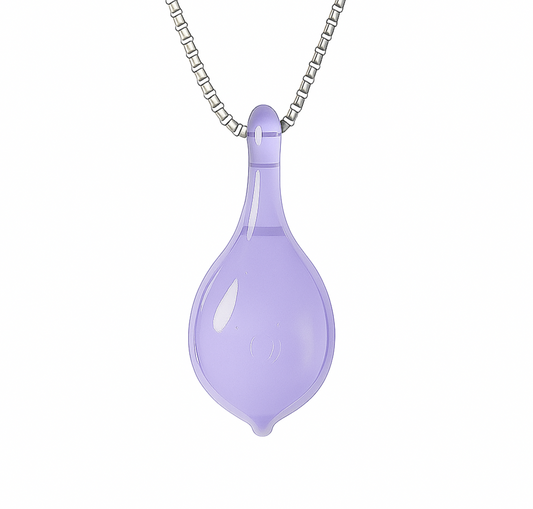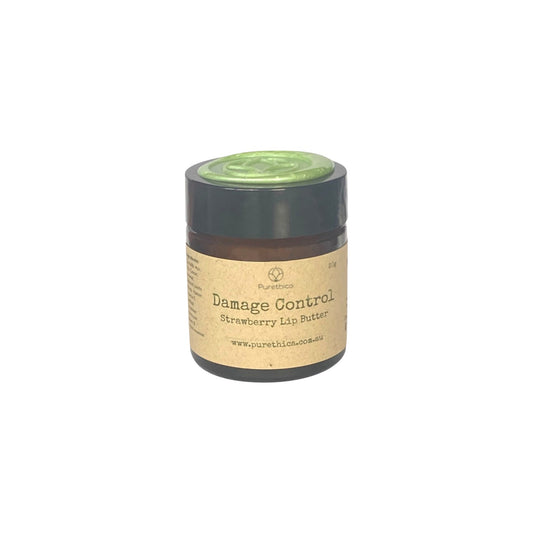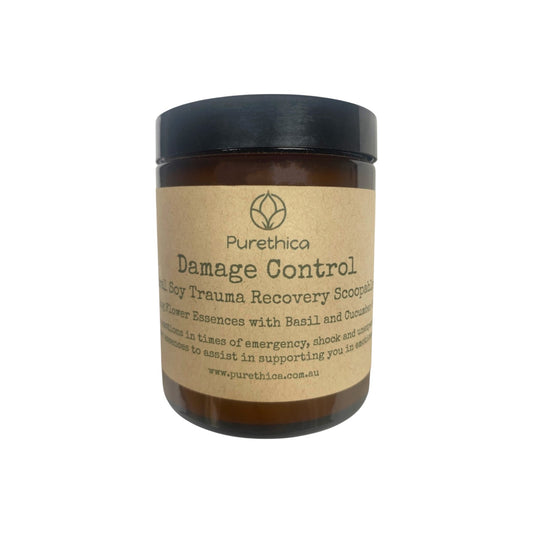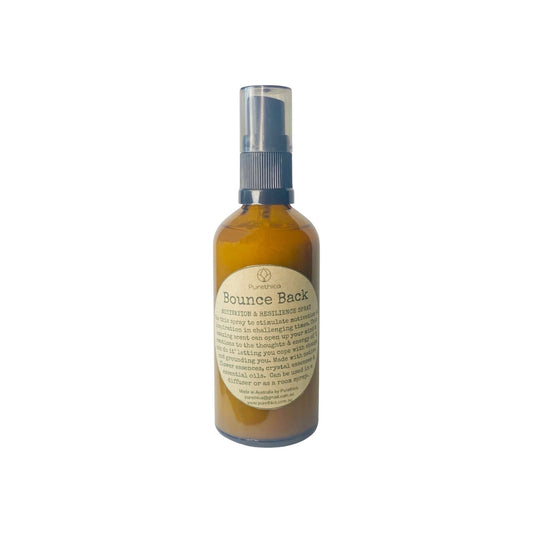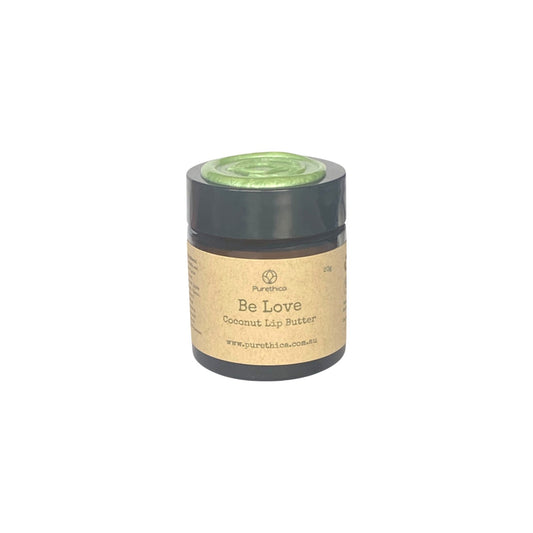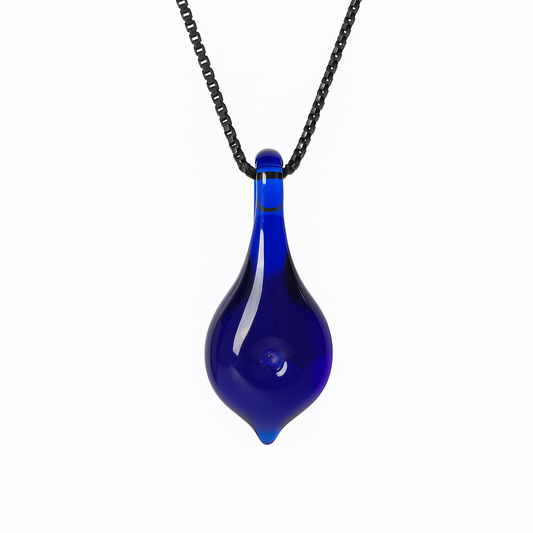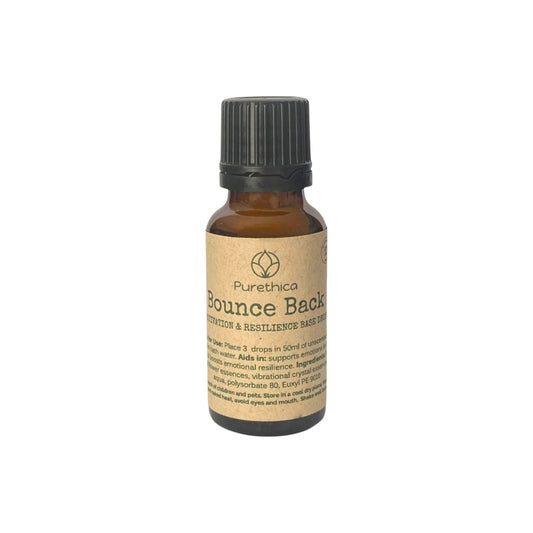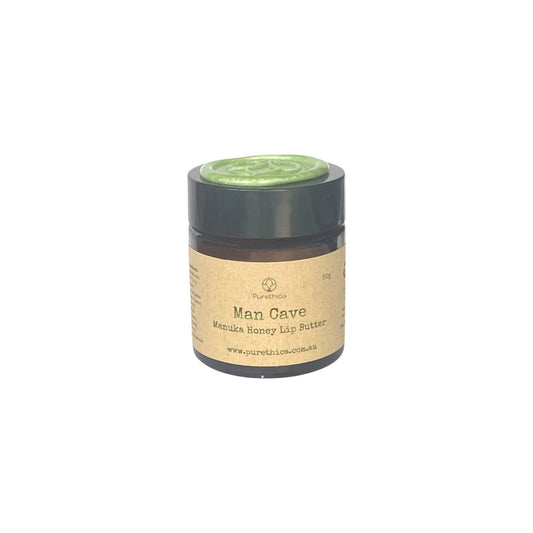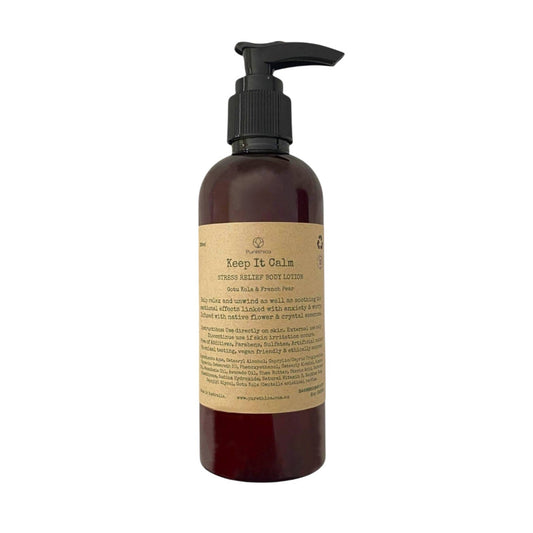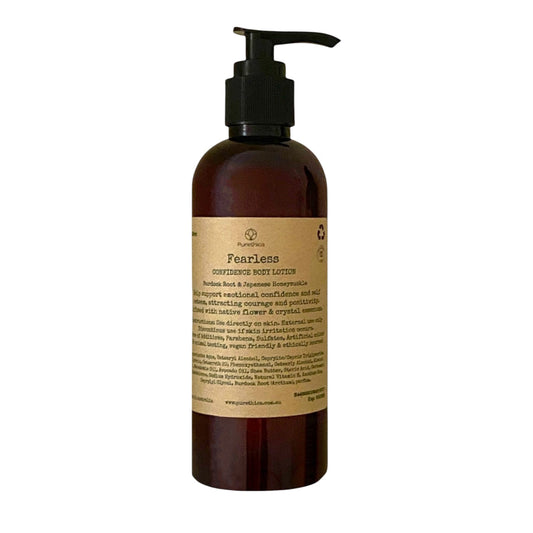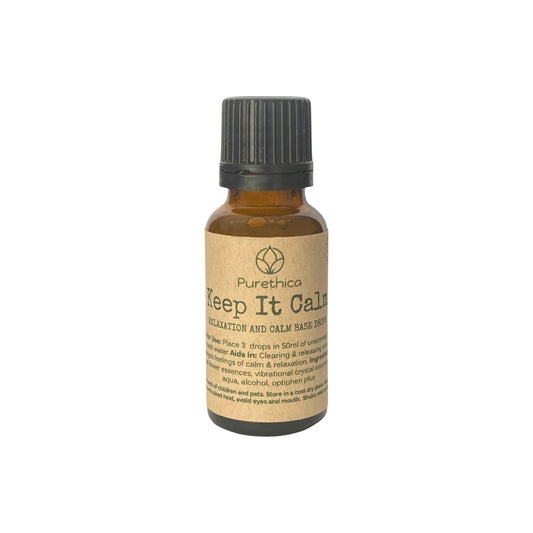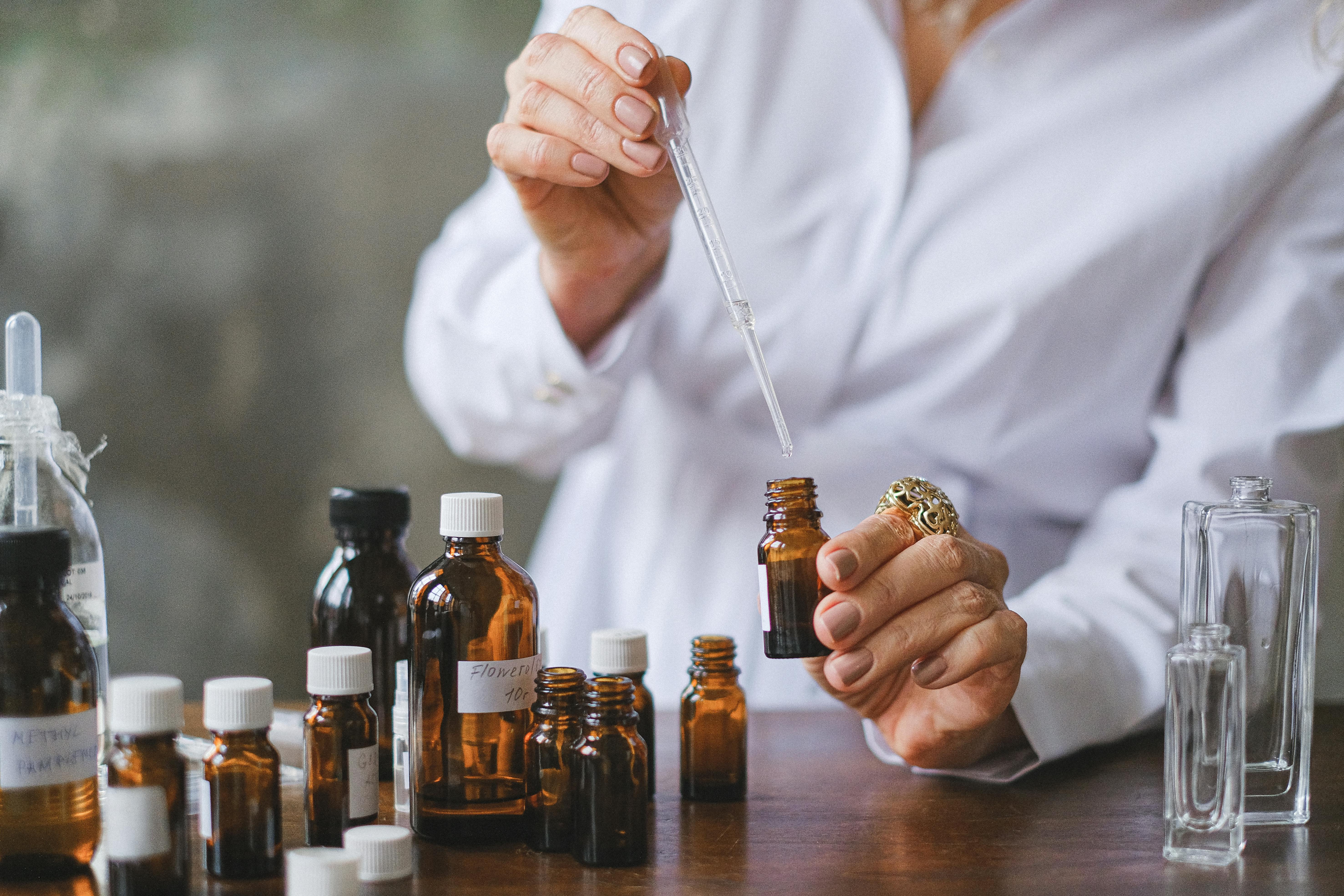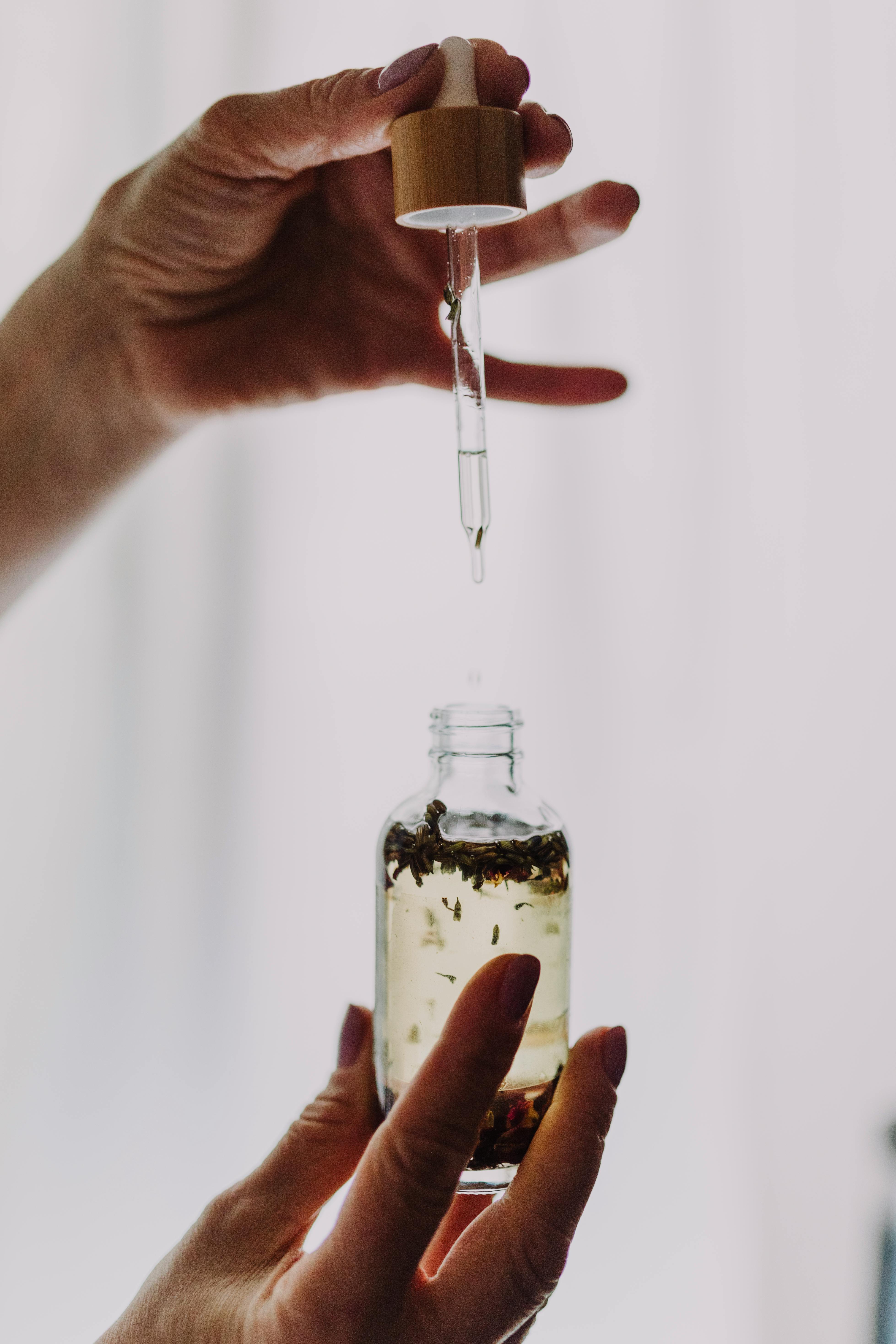Reflexology
Reflexology is a non-invasive complementary health therapy that can be traced back to ancient Egypt. It can be effective in promoting deep relaxation and wellbeing. Many people have benefited from reflexology massage. It has been known to reduce stress and can be key in optimising good health and building resilience. However reflexology is viewed, there can be no doubt that what it does provide is a period of time for relaxation where the client has one to one attention and supportive touch in an empathetic listening environment. Like most complementary therapies, reflexology can be used safely alongside standard healthcare to promote better health for their clients similar to how you would utilise massage therapy.
In essence reflexology is a touch therapy that is based on the theory that different points on the feet, lower leg, hands, face or ears correspond with different areas of the body and reflexologists work these points and areas. These points are called reflex points or pressure points. Different amounts of pressure is applied using the thumb, finger or hand massage techniques without the use of oils or lotions. In traditional Chinese medicine the healthy flow of 'qi' energy is vital to maintaining health and wellbeing. Imbalances in qi can cause the body to become imbalanced and can lead to illness. In Chinese medicine different parts of the body correspond to different pressure points on the body. Reflexologists use maps of these pressure points of the feet, hands and ears to determine where pressure needs to be applied.
What does Reflexology help with?
Reflexology is known to:
Relieves stress and promotes relaxation
Improves immune system function
Increase circulation
Clears the body of toxins
Relieves pain
Improves digestion
Lowers blood pressure
Balances hormonal function
Relaxes tense muscles and ligaments
Improves nerve function
Improves Sleep
Professional reflexologists work alongside traditional western healthcare to promote better health for their clients. They do not claim to diagnose, cure or prescribe.
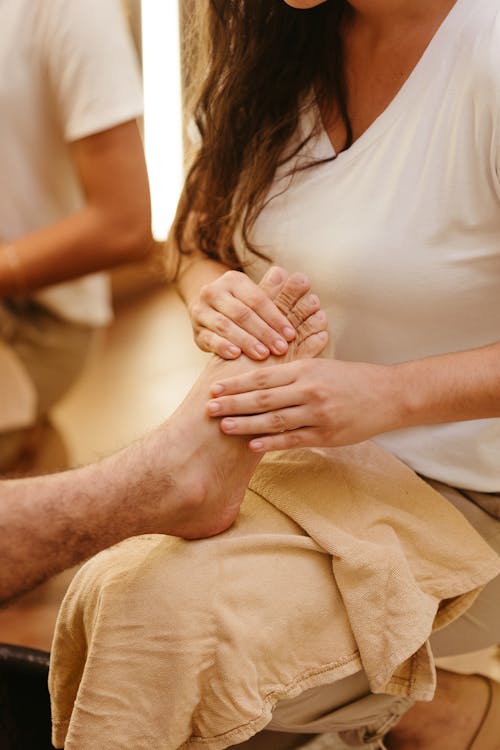
What are the reflexology point?
Key reflexology pressure points include:
1. The Solar Plexus: Located in the center of the foot, this point is associated with stress relief and emotional balance. Stimulating the solar plexus can help alleviate anxiety and promote a sense of calm.
2. The Head and Brain: Found at the tips of the toes, these points correspond to the head and brain. Applying pressure here may enhance mental clarity and cognitive function, making it beneficial for individuals seeking improved focus.
3. The Lungs: Located in the ball of the foot, this area is linked to respiratory health. Reflexology applied to the lung points may aid in relieving symptoms of respiratory conditions and improving overall lung function.
4. The Digestive System: The reflex points for the stomach and intestines are situated along the arch of the foot. Stimulating these areas can support digestive health and alleviate issues such as bloating and discomfort.
5. The Lower Back: The heel of the foot corresponds to the lower back. Pressure applied to this area may provide relief from lower back pain and tension, contributing to improved mobility and comfort

